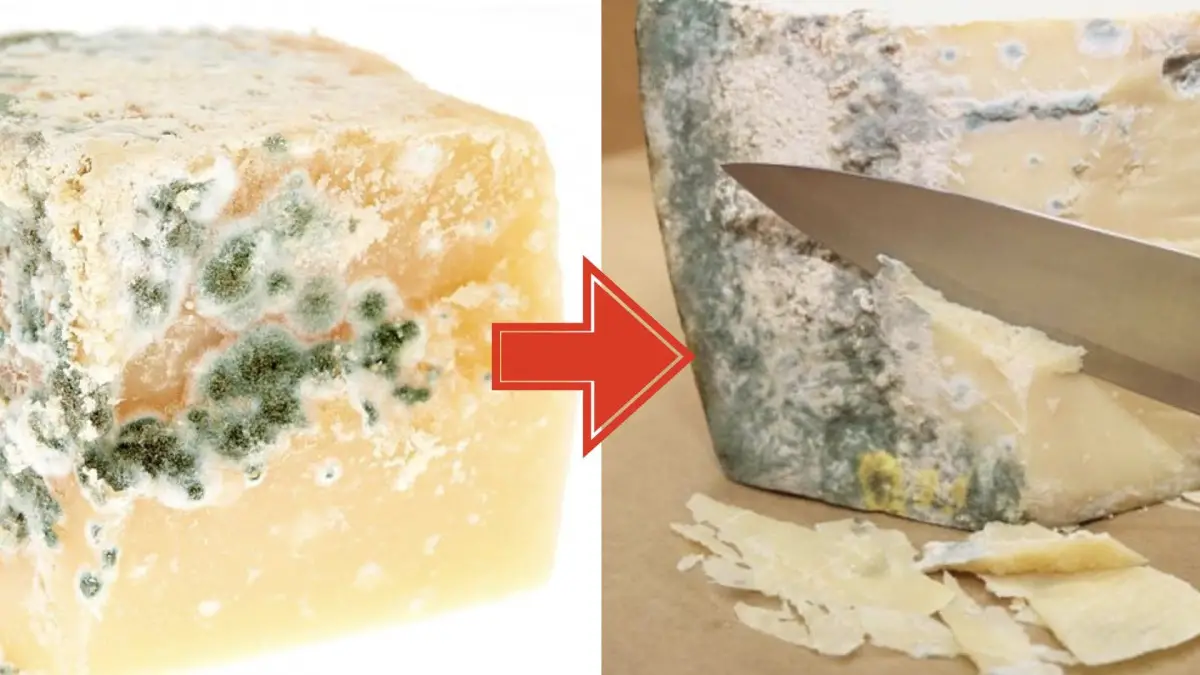Last Updated on November 5, 2022 by Aaron
Moldy Provolone. It’s a scary term, but what should you do if your provolone has started to grow mold? Is it safe to eat? How long will it last? Can you cook or bake it to kill the mold?
In this blog post, we will answer all of these questions and more.
Table of Contents
Growing Mold on Provolone
Provolone is a type of cheese that is made from cow’s milk. It has a smooth texture and a slightly salty taste. Provolone is also a popular cheese in the United States, and it can be found at most grocery stores.
Provolone is a semi-hard cheese and will last longer than soft cheese. But still, it has to be refrigerated once the package is opened.
Unrefrigerated provolone can start to grow mold after just two hours left out. The fact is until you notice the mold spot several hours after, the molds have probably spread through different parts under the microscope.
That’s why for soft cheeses with mold, discarding it is the only option.
But for provolone, we might still have a chance as the provolone may resist mold growth in the first two weeks, which will go bad rapidly after (1).
Safe to eat?
Even properly refrigerated, provolone is advised to use within 2-3 weeks. Tossing it feels like a waste of money and food. Here’s what you can do.
Provolone is considered hard to semi-hard cheese depending on how long it ages. The molds can’t penetrate far into the cheese, therefore you can cut away 1-inch (2.5cm) around and below the moldy spot. The rest of the cheese is still safe to eat.
Freezing your provolone is an option too as it can last for months. The process is similar to freezing Asiago cheese, I explained further here.
Why does Provolone Mold Fast?
There are a few reasons why provolone can mold fast.
Similar to cheddar or parmesan, provolone creates a somewhat limiting environment for microorganisms to grow. But not as fast as brie or cottage which have even higher moisture and lesser acidity.
Can cook or bake it to kill the molds?
Yes, you can cook, bake or even boil to kill the mold as long as the temperature is above 160 F (or 71 C) as stated by USDA. But is this recommended? Negative, as it won’t help salvage it.
Reference:

